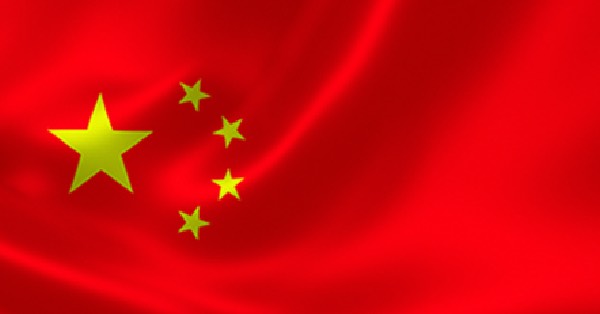Chinese demand is the “big uncertainty” for the global liquefied natural gas market in 2023.
According to analyst ING, while Chinese demand for LNG is expected to increase this year, it is “difficult to gauge” exactly how much stronger it will be. “We are assuming for now that Chinese demand will not return to 2021 levels,” Warren Patterson, head of commodities strategy at ING, said in the analyst’s Energy Outlook 2023. “Instead, we are expecting more modest growth of a little over 10% year-on-year.”
Asia as a region is expected to mop up LNG cargoes redirected from a well-supplied European market in the short term, prompting a shift in trade. This is partly down to a spread between Title Transfer Facility (TTF) priced LNG and Asian spot LNG. TTF traded at a premium to Asian LNG in 2022 to attract cargoes to offset Russian supply losses, but at the start of the year TTF traded at a discount to Asian.
More generally, European gas prices “collapsed” over the Northern Hemisphere winter, Patterson noted. This was down to mild weather and weak industrial demand, which combined meant that gas storage stayed strong. “The region should get through this winter comfortably and prospects also look better for the 23/24 winter.”
Europe built up its gas storage until mid-November 2022, taking it to 95% of capacity, which Patterson described as “essentially maxed out”. A milder heating season then led to limited drawdowns, putting storage at 72% full by the end of January, above the five-year average of 54% for that time of year.
Storage gains
Patterson noted that assuming Europe does not experience a prolonged cold spell in the current heating season, the region should exit the 2022/23 winter with storage above 50% full. “This is significantly higher than the 26% seen at the end of the last heating season and above the five-year average of 34%.
“Ending this winter with very comfortable inventories makes the job of refilling storage over the injection season and hitting EU inventory targets of 90% by November 1, 2023 easier,” he said.
These storage levels put Europe in a “comfortable” storage situation and ensure it is in a better position to manage the 2023/24 heating season. “It certainly isn’t looking as dire as it did just several months ago,” Patterson said. “Therefore, prices do not need to go as high as originally expected going into the next heating season.” ING expects TTF to average in the region of Euro60-65/MWh over the first half of 2023, increasing to Euro75-80/MWh over the second half of the year.
This forecast assumes that there are no further drops in remaining Russian gas flows, that there is a small increase in EU LNG imports over 2023 and that Europe experiences a normal winter in 2023/24. “This should allow the EU to start the next heating season with storage exceeding the European Commission target of 90% by November 1, and the region should get through the winter months in a fairly comfortable manner,” Patterson noted.
That said, ING expects Europe to rely more on storage in the 23/24 winter than it has in the current winter.
Demand destruction’
European gas “demand destruction” has helped maintain those storage levels. ING noted that Eurostat figures showed that EU demand was 25% below the five-year average for October 2022 while Germany’s weekly data showed declines in the first two weeks of 2023 in excess of 30% from the 2018-21 average.
This demand reduction is well beyond the European Commission’s target of 15% below the five-year average between August 2022 and the end of March 2023 and therefore, the demand destruction required from April through until March 2024 will be more modest than initially expected. “Our numbers suggest that a 10% decline from the five-year average is needed between April 2023 and March 2024 to meet the European Commission’s 90% storage target by November 1, 2023. The requirement for lower levels of demand destruction suggests that prices do not need to go as high as initially expected,” Patterson said.
Going into more detail on the upside risks to ING’s revised forecast, Patterson said that while the bulk of Russian gas flows to the EU have already been halted, there is a risk that gas flows via Ukraine and possibly even through TurkStream are stopped. “If this was to occur, Europe could lose 15-20bcm of gas on an annual basis, which is still a sizeable volume. This would need to be made up either by further LNG imports or through higher levels of demand destruction,” Patterson said. Both would likely need prices to increase from current levels to support them.
The second key risk identified by ING is related to Chinese LNG demand. “We are assuming only a marginal recovery in Chinese import demand this year (a little over 10%), rather than returning to 2021 levels,” Patterson said. “If Chinese demand surprised to the upside, this would mean a tighter-than-expected LNG market, increasing the need for Europe to compete more aggressively with Asia for supply. This would also mean higher-than-expected prices.”
A final aspect to consider is the anticipated restart of the Freeport LNG plant which could provide “some relief to a tight LNG market”, Patterson concluded.
Source: Baltic Exchange









































